Native Plants Once Protected Our Communities in a Living Blanket.
In the not-so-distant past, our communities were adorned with a vibrant tapestry of native plants, which served as a protective, localized living blanket. These plants, perfectly adapted to their environments, provided numerous benefits to both the ecosystem and the people who lived amongst them. However, as urbanization and landscaping preferences shifted towards non-native species, we gradually lost this valuable natural heritage. Today, it is crucial to recognize the importance of native plants and take steps to reintegrate them into our communities, restoring their protective and nurturing qualities.
The Historical Significance of Native Plants:
Native plants have deep historical roots in the regions they inhabit. For centuries, they coexisted with indigenous communities, fostering a delicate balance between humans and the environment. Native plant species were not only aesthetically pleasing, but they also played crucial ecological roles. Their deep-rooted systems helped prevent soil erosion, mitigated the impacts of extreme weather events, and acted as natural filters, purifying the air and water.
Protecting Biodiversity and Ecosystem Health:
One of the most compelling reasons to embrace native plants lies in their ability to support biodiversity. Native flora provides habitats and sustenance for local wildlife, including birds, insects, and small mammals. These plants have coevolved with native pollinators, ensuring the continued existence of essential species like bees and butterflies. By reintroducing native plants, we can create interconnected habitats, reestablish ecological networks, and restore balance to our ecosystems.
Adapting to Local Conditions:
One of the remarkable characteristics of native plants is their adaptability to local conditions. Through thousands of years of evolution, they have developed resilience to climatic variations, pests, and diseases prevalent in their native environments. By utilizing native species in landscaping and urban planning, we can reduce the need for excessive watering, chemical pesticides, and fertilizers. This shift promotes sustainable practices and minimizes the environmental footprint of our communities.
Cultural and Aesthetic Value:
Beyond their ecological benefits, native plants hold cultural and aesthetic value. They connect us to our heritage and remind us of the natural wonders that once graced our landscapes. Native plants can be incorporated into public spaces, parks, and gardens, rekindling a sense of pride and belonging within the community. Their vibrant colors, unique shapes, and seasonal variations create visually stunning displays that reflect the local identity and foster a deeper appreciation for the natural world.
Creating Change: Reintroducing Native Plants:
To restore the living blanket of native plants in our communities, a collective effort is required. Local governments, urban planners, landscape architects, and community members must collaborate to prioritize the use of native species in public and private spaces. Educational initiatives can raise awareness about the benefits of native plants and provide guidance on their selection, cultivation, and maintenance. Nurseries and garden centers can expand their offerings of native species, making them more accessible to the public.
Conclusion:
Native plants once clothed our communities in a protective, localized living blanket, providing myriad benefits to both the environment and human well-being. By recognizing their historical significance, protecting biodiversity, adapting to local conditions, and appreciating their cultural and aesthetic value, we can reintegrate native plants into our urban landscapes. Let us embrace this opportunity to restore our ecological heritage, creating a sustainable and resilient future where native plants thrive and our communities are once again enveloped in a protective, localized living blanket.
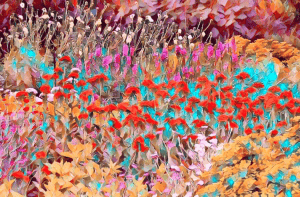
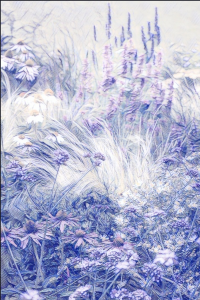
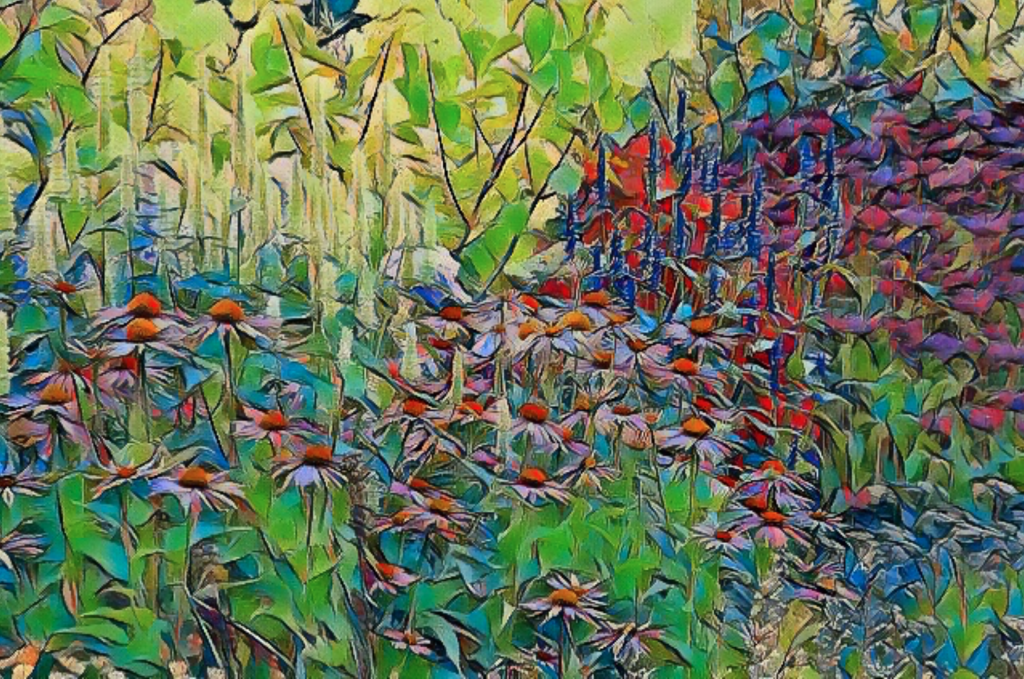

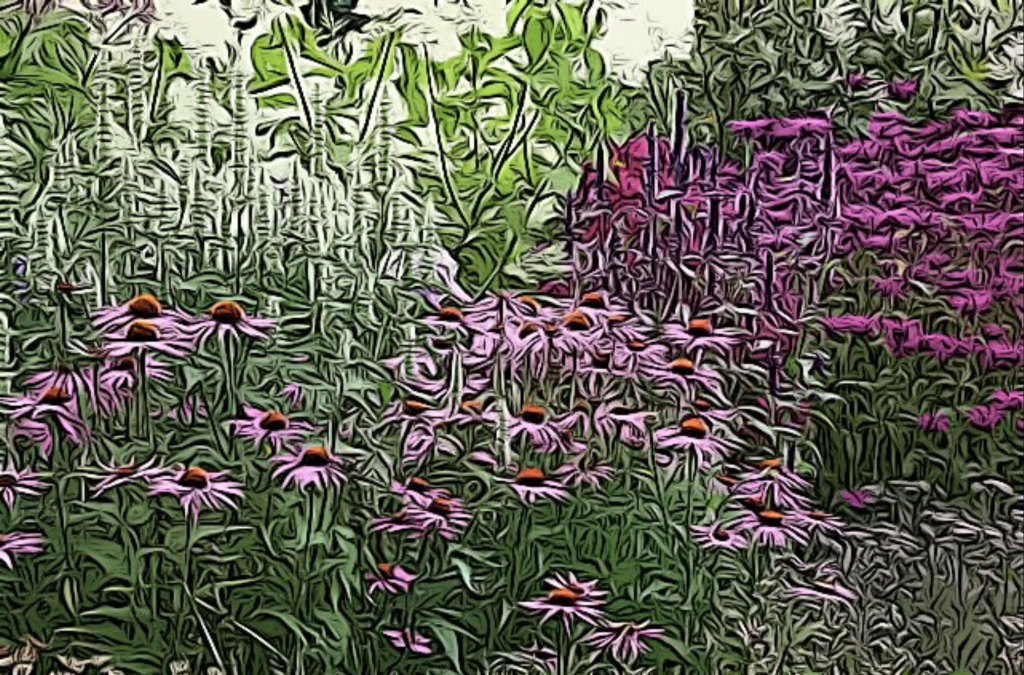

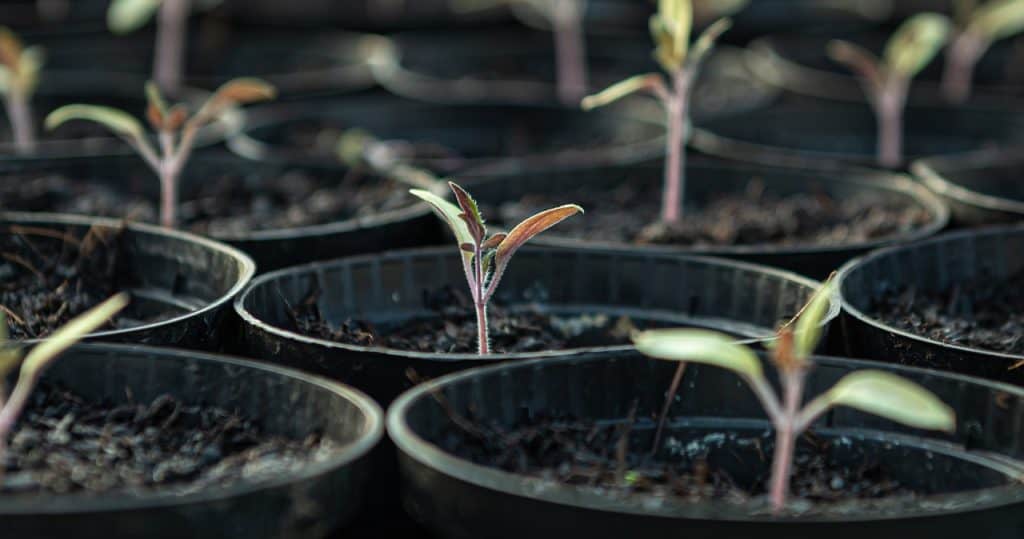
Pingback: The Marvelous Monarch Butterfly: A Journey Across America – iGrowHort